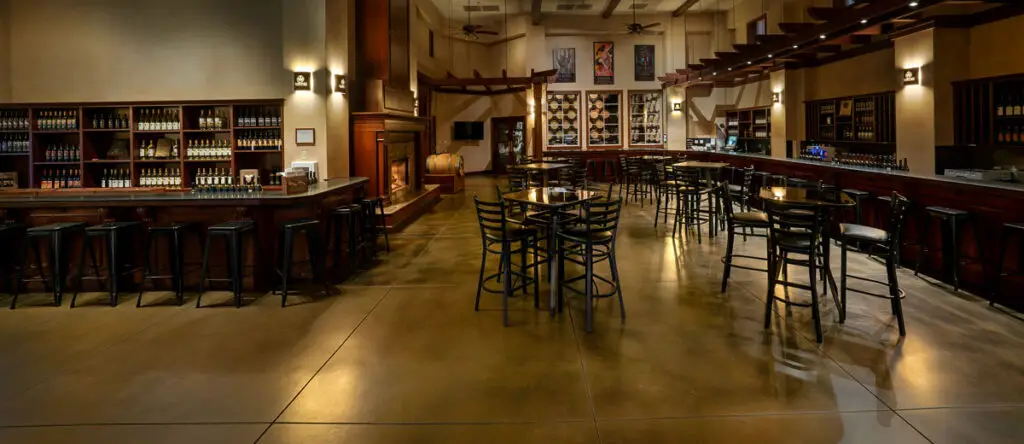Welcome to
You’ll find us nestled in Southern California’s Temecula Valley. This hidden gem provides the perfect ingredients for great wines – warm days, cool nights, a touch of Pacific moisture, and a variety of vineyard landscapes. We’re proud to call this region home.
Our commitment goes beyond crafting exceptional wines. We want to share Southern California’s uniqueness with the world.
Come join us for a visit. Experience a tour and a taste. Discover the transformative power of wine.
Like an overflowing basket of pineapples, pears, grapefruits, coconuts, and nectarines, our White Crowded tickles the nose with ample, enticingly complex aromas, then unhurriedly languishes across the palate with a crisp, lingering finish and just the slightest sweetness.
Our 2020 Reserve Cabernet Sauvignon overflows with decadent notes of juicy red plum, fresh herbs, and vanilla bean with an intensely concentrated palate, dripping with ripe raspberry and light roast coffee alongside elegant, round tannins framing the lengthy finish.
Our Reunion marries two of the greatest French grapes: Syrah and Cabernet Sauvignon. The Syrah provides a smoked oak character with a dense, dark fruit core, while the Cabernet Sauvignon provides a brighter fruit profile of raspberry and currant, with a bold tannin structure to fill out the blend and allow the wine to cellar gracefully.
Aromas of pineapple and lemon zest enchant the senses before pink grapefruit and almond enrich the palate, with a touch of minerality completing the picture on this hand crafted, stylish Italian varietal.
Introducing Intento Bianco, the vibrant counterpart to our renowned Intento blend. Crafted with the same intention of achieving balance, while celebrating the Italian varietals expressed in each vintage, this white blend is perfect for savoring both now, or being saved for a special occasion.
The legacy of Wiens lives on, bigger and better than ever before.

Welcome to our Tasting Room – a warm, inviting setting of rich wooden finishes, mahogany bars, and a marble fireplace. A relaxed space to discover our wine and hospitality. Outside the main entrance is our Exterior Patio with ample seating, a large grassy area, and glimpses of our surrounding vineyards.
Raise a glass & enjoy yourself in the comfort of our California valley!